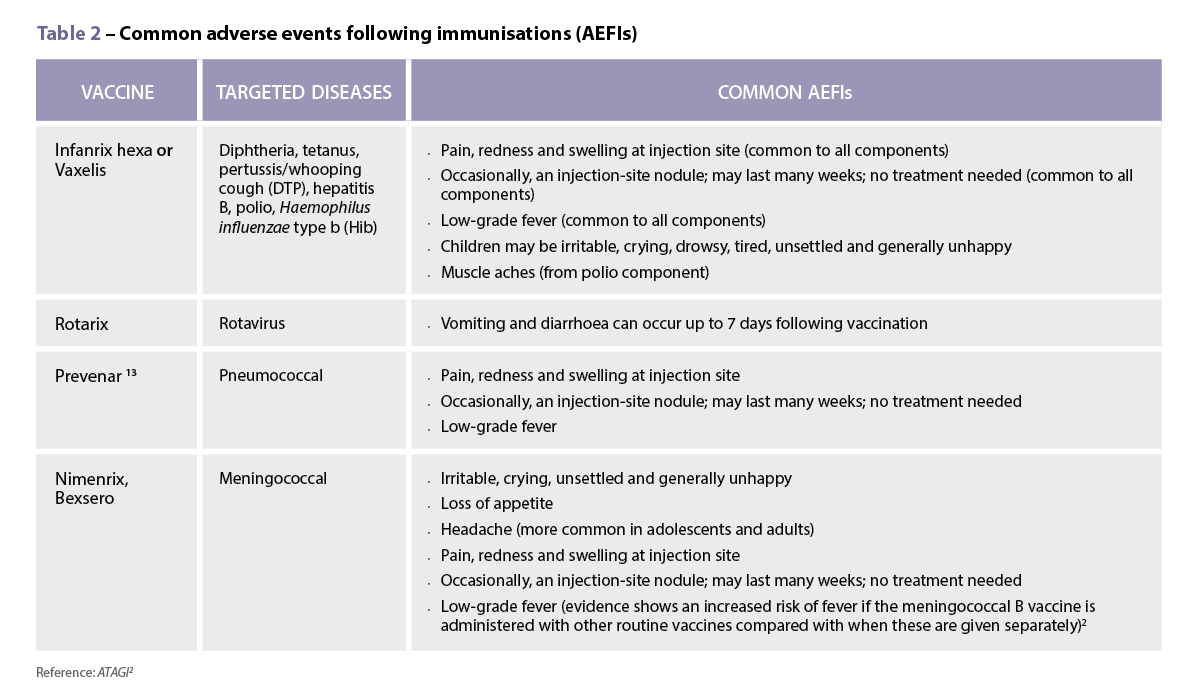Case scenario
Ann books in her son Anthony, aged 5, for his flu vaccine and tells you he is slightly anxious about vaccinations. You assure Ann that you will use distraction techniques and support her in holding Anthony comfortably to reduce vaccination fear and pain. Ann asks if she should give her son paracetamol immediately before the appointment or apply a local anaesthetic to numb the area. You advise Ann that prophylactic paracetamol before influenza vaccination is not recommended, and unless Anthony has needle phobia, the evidence does not support the application of a local anaesthetic. On the day of the booking, Ann arrives with Anthony, who appears a little worried.
Introduction
It is estimated that, globally, vaccines save 2–3 million children’s lives each year.1 Australian pharmacists have long played a role in the advocacy of childhood vaccination, and in recent years jurisdictional regulations have been amended enabling pharmacists to administer some vaccines to children. The types of vaccines that can be administered by pharmacists to children differ across states and territories; however, there is a trend to increase the number of these vaccines to improve vaccination accessibility and promote public health.
This article covers key pharmacist considerations when providing counselling and education, and when advocating for and administering vaccinations to children. These can be considered in addition to any relevant legislative and ethical obligations app
THIS IS A CPD ARTICLE. YOU NEED TO BE A PSA MEMBER AND LOGGED IN TO READ MORE.



 This CPD activity is supported by an unrestricted education grant by Reckitt.[/caption]
This CPD activity is supported by an unrestricted education grant by Reckitt.[/caption]





 Jess Hadley, community pharmacist and Professional Officer at PDL[/caption]
Jess Hadley, community pharmacist and Professional Officer at PDL[/caption]
 Peter Guthrey, Senior Pharmacist – Strategic Policy at PSA[/caption]
Peter Guthrey, Senior Pharmacist – Strategic Policy at PSA[/caption]


 Professor Margie Danchin[/caption]
Professor Margie Danchin[/caption]

 Dr Peter Tenni[/caption]
Dr Peter Tenni[/caption]
 How should we deprescribe gabapentinoids, according to the Maudsley Deprescribing Guidelines[/caption]
How should we deprescribe gabapentinoids, according to the Maudsley Deprescribing Guidelines[/caption]







